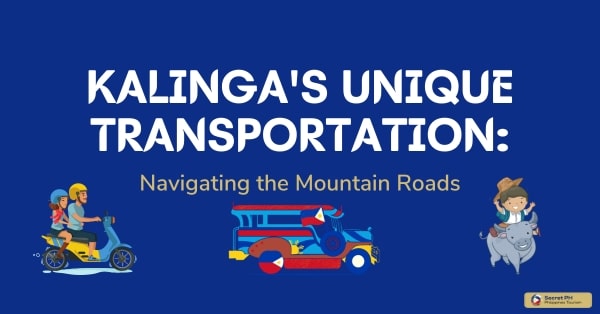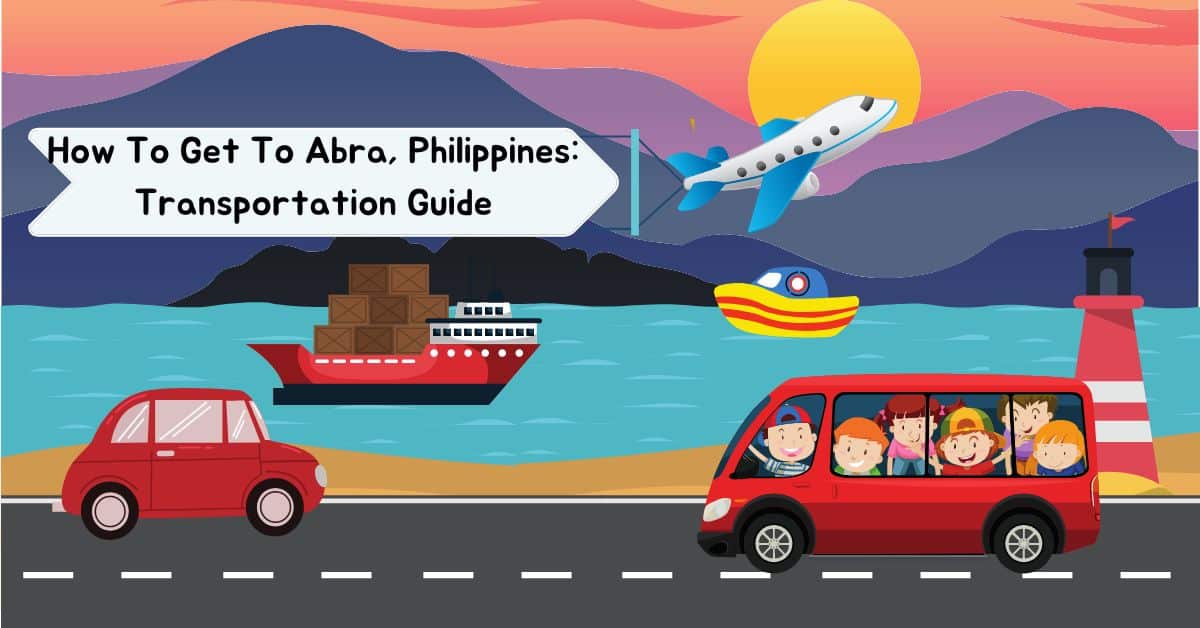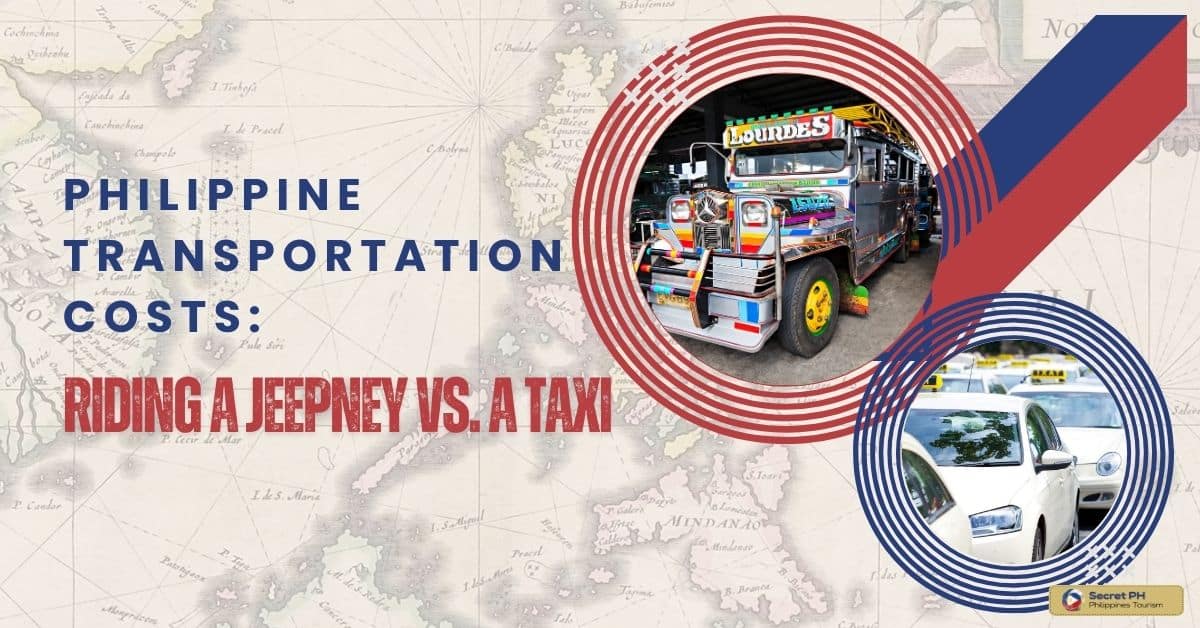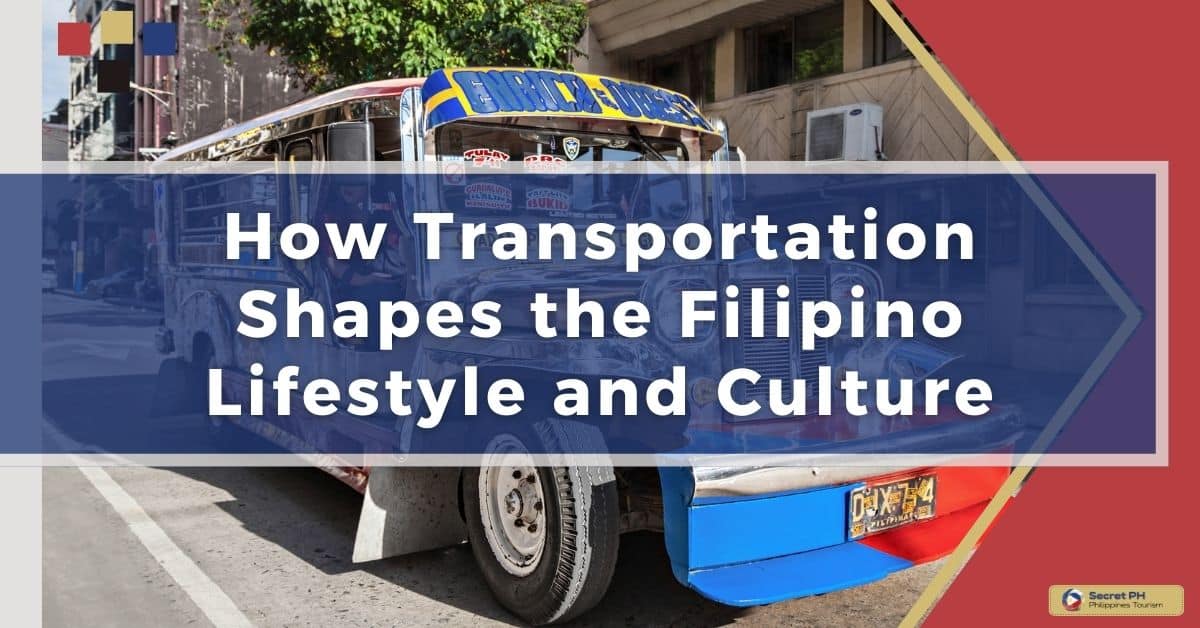The Philippines has a unique culture and heritage, especially regarding its transportation systems. From the vibrant and iconic jeepneys to the convenient and flexible tricycles, the Philippines offers a unique and colorful world of transportation.
Many visitors to the Philippines are fascinated by the country’s array of diverse modes of transport.
In this article, we will take an inside look at the evolution, cultural significance, and impact of modernization on these traditional forms of local transportation.
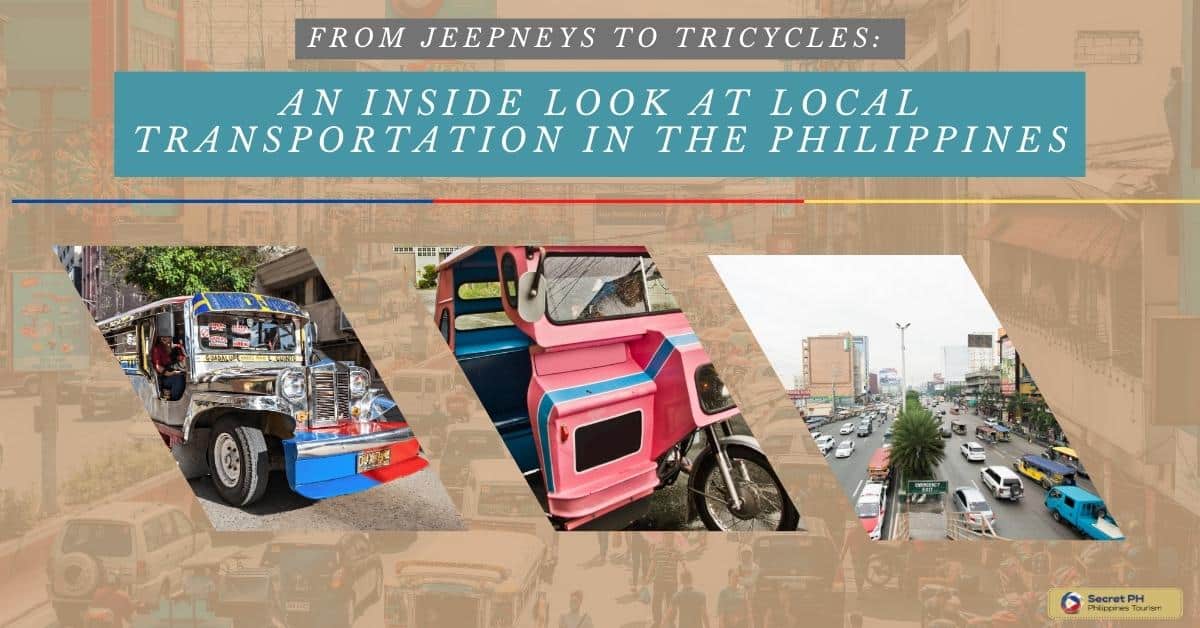
The Evolution of Jeepneys: From Military Necessity to Cultural Icon
| Year | Description |
|---|---|
| 1940s | Introduction of the Jeepney in the Philippines, using surplus Jeep vehicles left by the American military after WWII. |
| 1950s – 1960s | Jeepneys are modified to accommodate more passengers. They become a popular and cheap mode of transportation. |
| 1970s – 1980s | Jeepneys become a symbol of Filipino ingenuity and resourcefulness and a cultural icon. They are decorated with vibrant colors, religious iconography, and popular cultural references. |
| 1990s – Present | Jeepneys continue to be a popular and cheap mode of transportation for Filipinos. They also become a popular tourist attraction and a symbol of national pride and cultural identity. |
The Jeepney, a brightly-colored, elongated jeep, is a common sight on the roads of the Philippines. These vehicles, which can carry up to 20 passengers, have become a symbol of Filipino culture and a symbol of the local transportation system.
But the origins of the Jeepney go back to a much different time and purpose.
Jeepneys were first introduced in the Philippines in the 1940s, during the American occupation. The American military had left a large number of surplus Jeep vehicles on the island after World War II, and enterprising Filipinos saw an opportunity to put them to use as public transportation.
They lengthened the Jeep’s body and added seats to accommodate more passengers. The name “Jeepney” is a combination of the words “Jeep” and “Jitney”, which is a term for a small bus or taxi.
In the beginning, Jeepneys were a simple and practical solution for the transportation needs of a war-torn country. However, over the years, Jeepneys evolved into more than just a mode of transportation.
They became a symbol of Filipino ingenuity and resourcefulness. They were transformed from a military necessity to a cultural icon.
Today, Jeepneys can be seen in nearly every corner of the Philippines, with each one featuring its own unique style and design. They are often decorated with vibrant colors, religious iconography, and popular cultural references.
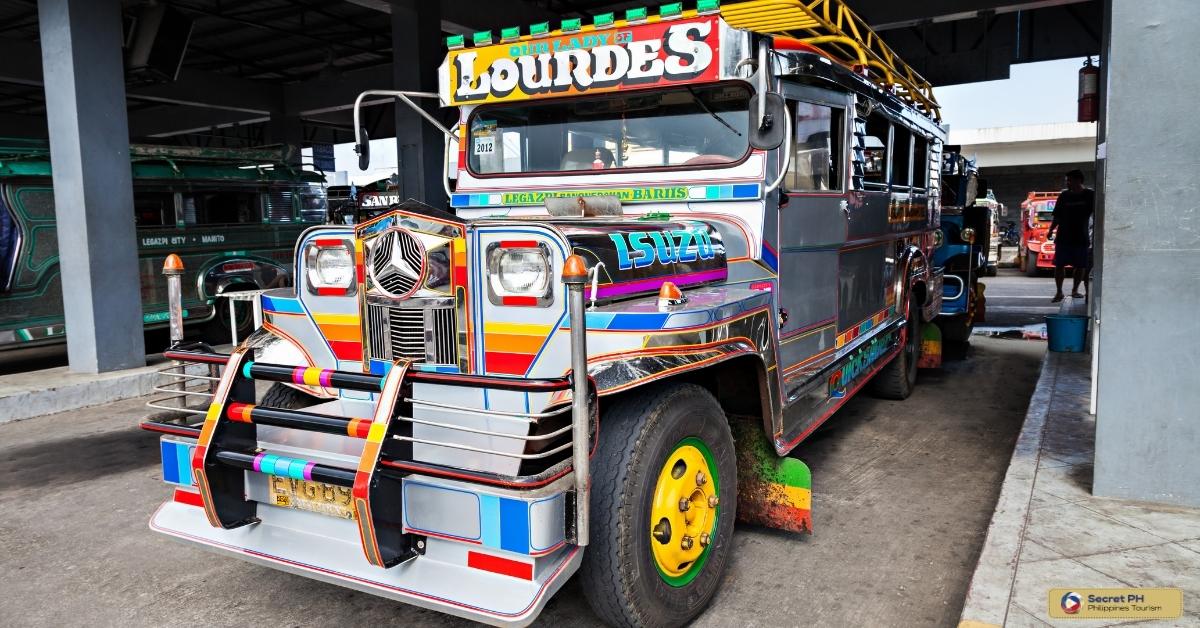
Tricycles: A Unique and Convenient Mode of Transportation
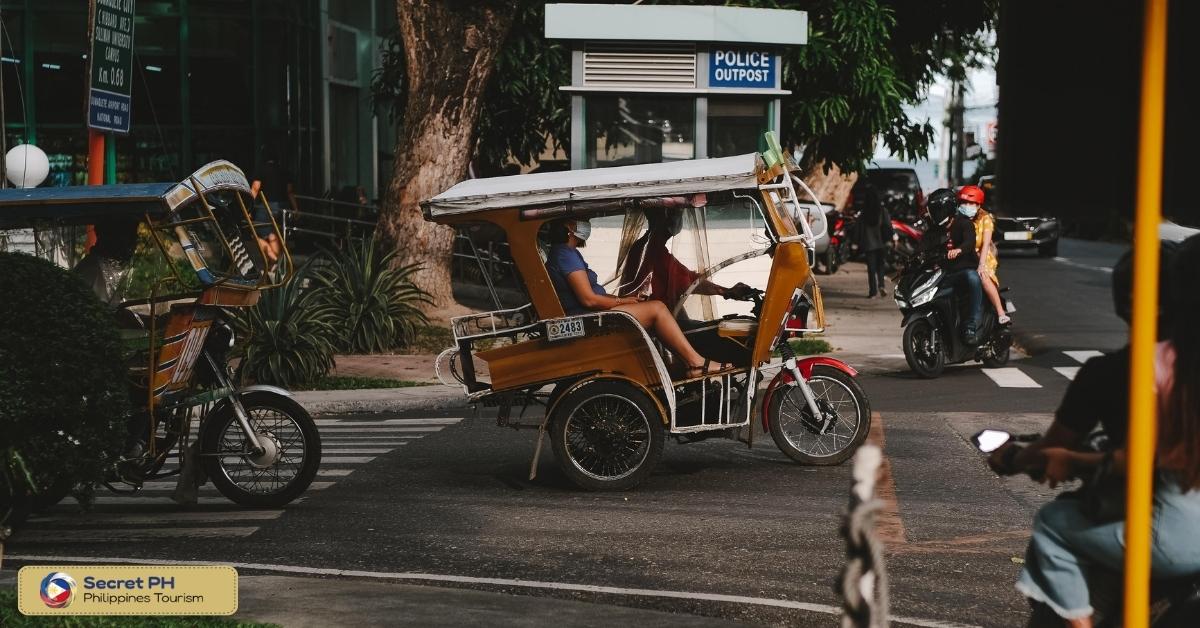
Tricycles, also known as “motorized tricycles” or “motor tricycles”, are a common sight on the roads of the Philippines. They are a unique and convenient mode of transportation for both locals and tourists.
Tricycles are three-wheeled vehicles that are powered by a small gasoline engine. They are similar in appearance to a bicycle with a sidecar attached. The sidecar is used for seating passengers and can accommodate up to 4 people.
They are often used for short trips in residential and rural areas where larger vehicles such as buses and jeepneys cannot access them.
One of the main advantages of tricycles is their flexibility. They can navigate through narrow streets and traffic-clogged roads where larger vehicles cannot go.
They also provide a more intimate and personal experience for the passengers as they can travel on a more direct route to their destination.
Tricycles are also a popular mode of transportation for tourists. They offer a unique way to explore the local area and experience the culture and scenery. They are often used to travel to remote beaches, waterfalls, and other tourist destinations.
| Feature | Description |
|---|---|
| Design | A three-wheeled vehicle powered by a small gasoline engine, similar in appearance to a bicycle with a sidecar attached. |
| Capacity | Can accommodate up to 4 people in the sidecar. |
| Usability | Used for short trips in residential and rural areas where larger vehicles such as buses and jeepneys cannot access. |
| Popularity | Popular among locals and tourists alike for its flexibility, intimacy, and personal experience. |
| Challenges | Environmental pollution, noise, traffic congestion, safety concerns, and lack of insurance coverage for accidents. |
The Impact of Modernization on Traditional Forms of Local Transportation
The Philippines, like many developing countries, is currently undergoing a process of modernization. This process has had a significant impact on traditional forms of local transportation such as jeepneys and tricycles.
On one hand, modernization has brought about improvements in transportation infrastructure and technology, which has led to a more efficient and reliable transportation system.
This has resulted in an increase in the use of public transportation such as buses and trains, which has helped to reduce traffic congestion and pollution.
On the other hand, modernization has also led to the phasing out of traditional forms of transportation such as jeepneys and tricycles.
The government has implemented policies aimed at modernizing the local transportation system, which includes the replacement of old and dilapidated jeepneys with newer, more fuel-efficient vehicles.
Similarly, tricycles are being replaced with electric tricycles which are considered environmentally friendly.
While modernization has brought about improvements in transportation, it has also led to negative consequences for traditional transportation operators and their communities.
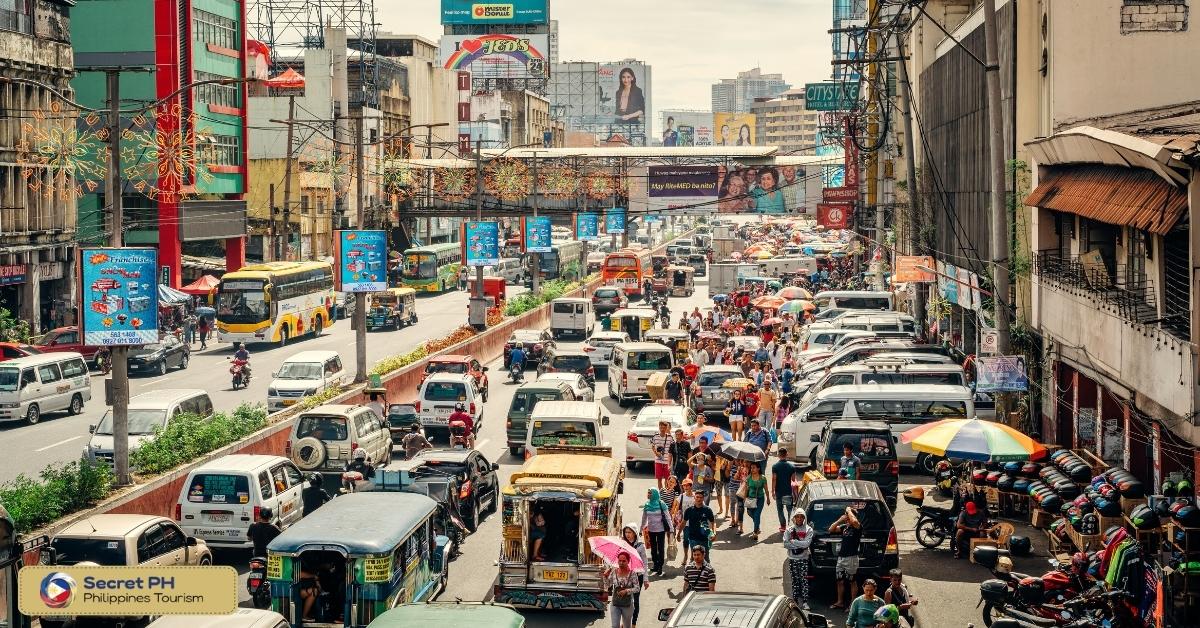
The Challenges of Regulating and Maintaining Local Transportation in the Philippines
The Philippines is a densely populated nation located in Southeast Asia. As such, it has an extensive transportation system, including roads, rail, air, and sea networks.
Unfortunately, this system can be difficult to maintain and regulate due to the country’s lack of resources and infrastructure.
Due to the high population density and limited space available for transportation infrastructure, the country’s roads are often overcrowded and dangerous to use.
Traffic congestion is a major problem in many of the larger cities, which leads to increased air pollution and other negative consequences.
Additionally, most public transportation systems are outdated and unreliable, with trains often being delayed or canceled due to traffic jams or other issues.
The Philippine government is trying to address these issues, but progress has been slow. The country lacks the resources needed to fully modernize and regulate its transportation system, which has hindered its efforts.
Furthermore, many of the regulations that do exist are not enforced, leading to a lack of accountability for companies operating in the transportation sector.
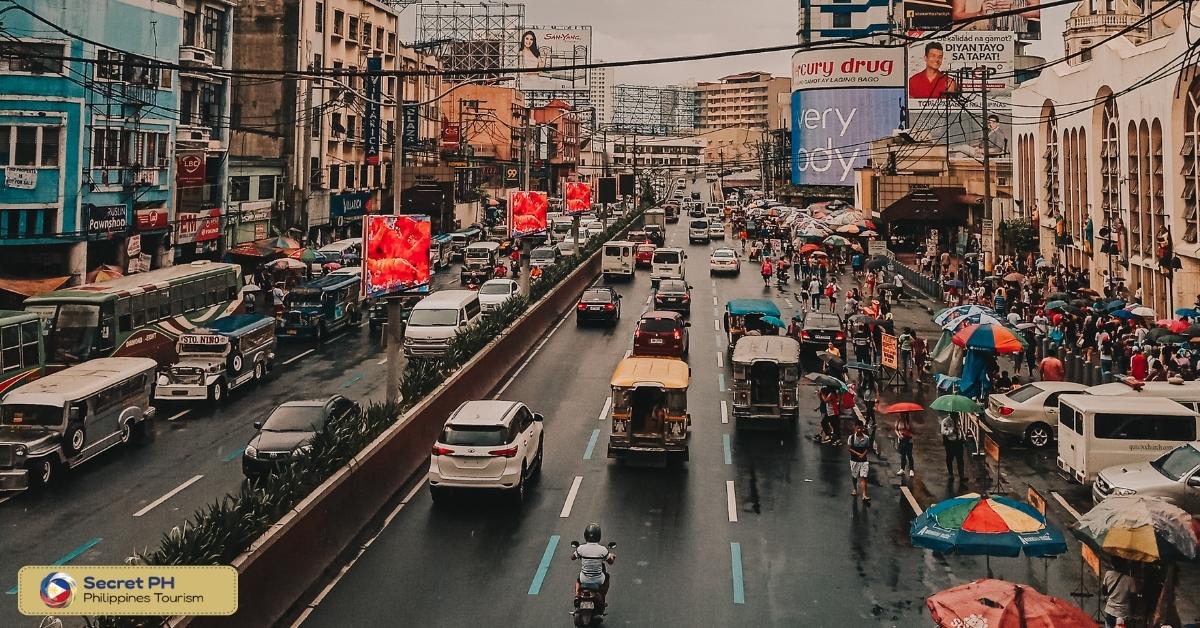
In conclusion
Local transportation in the Philippines is a unique experience worth exploring. From Jeepneys, which are popular as well as colorful modes of transport, to trikes that can take you through busy streets often for just a few pesos, one can get an inside look at life in the countryside and bustling cities alike.
While these forms of transport may not be for everyone, those who board will get a firsthand experience that leaves a lasting memory.
Visiting the Philippines offers an unforgettable look into the unique cultures and customs of its people, and this holds true for their local transportation too. From Jeepneys to tricycles and beyond, it’s an adventure like no other.

